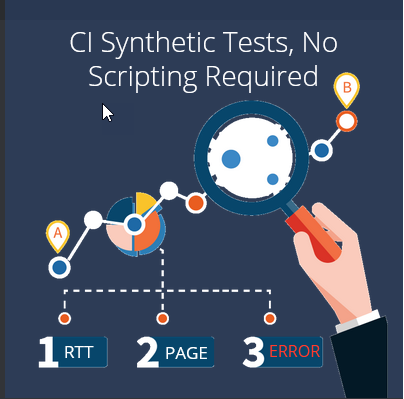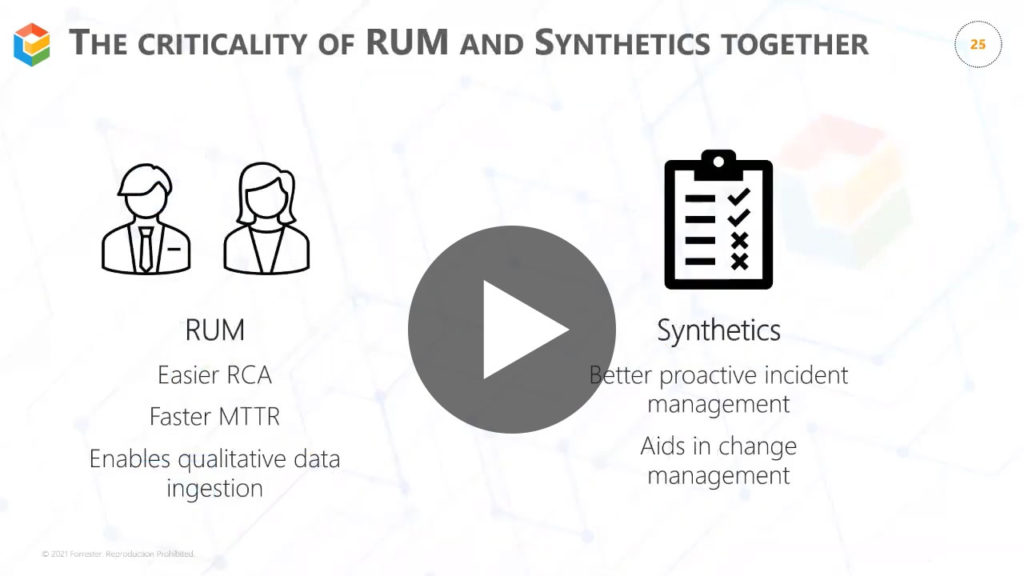With every webpage loaded, email sent, or video streamed, network traffic takes a complex journey…
Shift-Left Matters in DevOps
DevOps is a common name in the technology household.
Your team embraces this concept to deliver applications faster and improve software quality. Besides, it adds efficiency to the development process from the very beginning.
Even so, shortening the feedback loop helps businesses find and fix defects earlier. Furthermore, you can lower the software failure rate and wastage for the entire team.
By the way, do you remember the mantra of “fail fast, fix fast”?
It supports agile delivery by removing code vulnerabilities and lays the foundation of continuous testing/continuous deployment (CI/CD).
Some of the activities where shift left provides tremendous business growth opportunities include
- Code reviews
- Security validation
- User Experience
- Performance assessment
In this article, let’s discuss some of the best practices for DevOps monitoring but first the disadvantages.

Where the Shift-Left DevOps Approach Lags
- Lack of visibility – DevOps projects push out the final application out to the cloud. And third-party infrastructure such as AWS, Google Cloud, or Azure is not owned by any business. Visibility gaps around SaaS monitoring leave deployment teams blind to critical performance data.
- Different Monitoring tools – The field of DevOps in the worlds of development and IT vary. Each team uses its dedicated tool in the respective environment. Extra explanations are not given on how to measure success. This hampers DevOps success in delivering applications in a continuous, agile model.
- Corporate Culture – Incentives to detect product failures should come from leadership support. Yet, software teams are racing against the clock to meet tight deadlines and adding more work. Thus, educating all about shift left value is essential but changing the culture is hard.
- The True Experience Picture – Traditional ways to run a DevOps project are getting old. Most rely on metrics such as CPU, storage, network, and traffic patterns to get IT health insights. But these data points fail to address the application impact on end-user experience.
Embracing Shift-Right with Synthetic Transaction and Real User Monitoring (RUM)
Shift-right means testing in production and providing feedback for faster diagnosis and remediation. After deployment, DevOps can include two methods – Synthetics and RUM – to test the performance.
See why even the experts believe that this is the right method.
Synthetic Transaction Monitoring for DevOps
Use CloudReady synthetic monitoring to collect transaction data from any app or network.
- Proactive Problem Detection
- Alert team members and create incidents in an ITSM tool like ServiceNow.
- Establish an initial performance baseline in the production environment
- DevOps can use this benchmark to decide if a software upgrade degrades the app experience or not.
- Crowd-sourced intelligence from different locations provides insight into uptime, and performance to DevOps.
Real User Monitoring for DevOps
Service Watch RUM sensors collect actual user data from many locations.
Users are accessing SaaS applications more than ever from home. So, collecting endpoint telemetry (network, CPU, Wifi) is useful to measure end-user experience.
Additionally, experience scores across locations reveal bottlenecks and accelerate troubleshooting for delivery teams.
It’s About Continous Monitoring in DevOps
New dependencies, API integrations, network changes, and last-minute changes ruin the operational experience.
Track SaaS applications in production and receive real-time insights for immediate resolution.
Take DevOps to the next level with a complete end-user experience monitoring solution.



